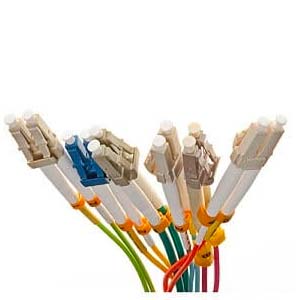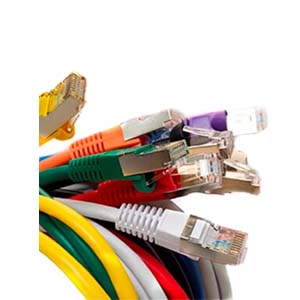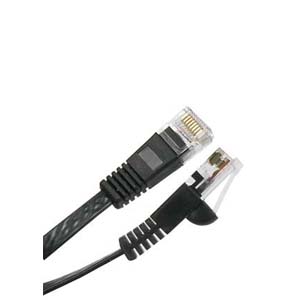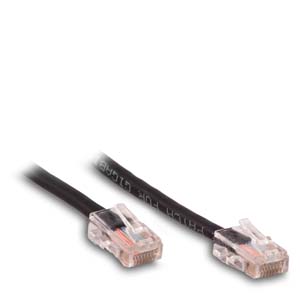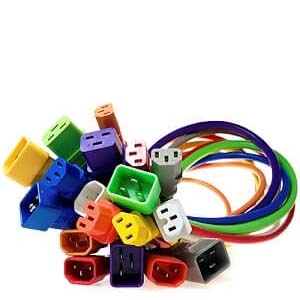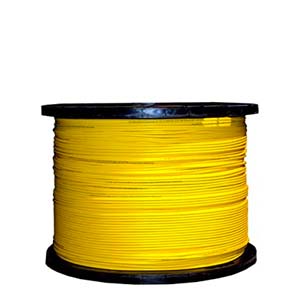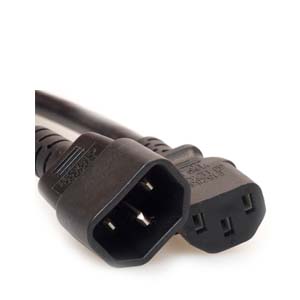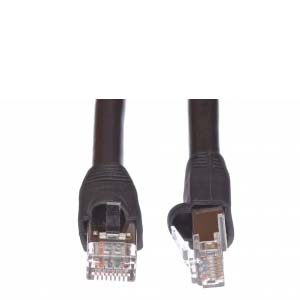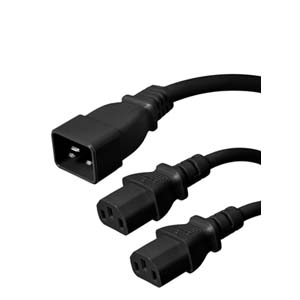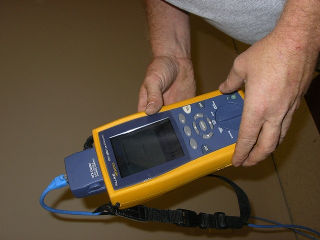Cables Blog
8 Steps to a Successful Network Cable Infrastructure
by Vikas Dayal • December 10, 2018
Network Patch Cords, Network Patch Cables, Data Center, Cat5e / Cat6 Cables
In our last blog post we covered the use of balanced STP (Shielded Twisted Pair) and UTP (Unshielded Twisted Pair) to minimize the effects of RFI (Radio Frequency Interference) and EMI (Electromagnetic Interference), along with crosstalk that can take place between wire pairs carrying dissimilar data.
Because STP is not as common in today’s networked environment,we’ll reference this discussion on UTP only. We'll also look at some of the basic issues with respect to the proper installation of UTP, such as Category5e, 6, 6e, and 7. This blog article builds on the information contained in our recent blog articles so be sure to have them handy if you need to review.
When we speak of installation with regards to UTP, we're concerned with the potential for physical changes. Preserving the integrity of our cable(s) will give our network the stability and ongoing support it needs to maintain data rates of 1 Gbps (Cat5e) to 10 Gbps (Cat6, 6e, and 7).
The first place to begin in our effort to avoid problems is in how we install them.
Step 1
Remove the cable from the spool or pullbox carefully to avoid twisting and kinking. Either one can change the outer dimension of the cable as well as how the conductors twist around one another within it. Kinks can flatten the cable, thus altering its electrical properties. This can adversely affect performance.
Step 2
Feed cable trays, sleeves, and conduits with care to avoid damaging the outer sheath. Lack of care can also scrape the insulation from one or more conductors within the jacket causing potential short circuits.
Step 3
Be sure not to pull Cat5e, 6, 6e, or 7 with more than 25 lb. of pulling force for every 4-pair. To exceed this pull force has the potential to change the inter capacitance and inductive properties of the cable twists which can change the way it transports data. It also can snap conductors within it, in which case wire pairs may have to be substituted or a new cable installed.
Step 4
Do not exceed a bend radius of 4 x the cable OD (outer dimension). For a 4-pair UTP cable, 10 x the cable OD for a 25-pair backbone cable. Tighter bends can and often will cause changes in the outer dimension of the cable thus causing it to change how it transports data.
Step 5
Maintain the tight twist of a UTP cable right up to the point of termination at the jack or plug assembly. This will assist in your effort to maintain the rated specification of the cable.
Step 6
When horizontally hanging UTP cable,maintain a maximum of 4 ft. between hangers. Cable sag should be maintained from 4 to 12 inches. When cable sag exceeds 12 inches, there’s a strong chance that the distance between hangers is greater than 4 in. If cable sag is less than 4 inches, it could indicate that the cable may be pulled too tightly.
Step 7
When working in return air returns(plenum spaces), use plenum-rated cable because the insulation will not support a flame nor will it emit toxic fumes in the presence of one. Regular non-plenum UTP cable, however, is flammable and it will spread the fire when exposed to it. In addition, it will emit toxic fumes when it burns, and that can cause injury and death.
Step 8
When binding cable bundles with wireties, do not pull them too tight as it will pinch the outer cable sheath thus causing potential problems with effective bandwidth and data transmission rates. We will continue to drill down into the installation and care of network cable in my next blog post. Thank you for taking the time to visit our blog.


